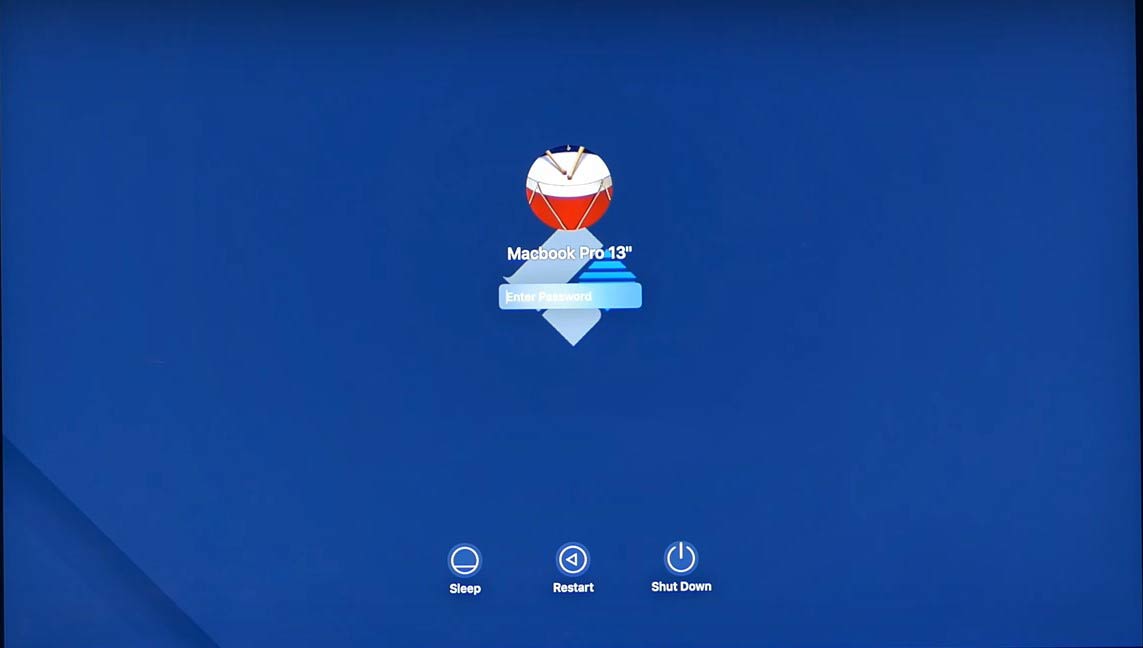

Then see if you can boot from the normal Macintosh HD or whatever your regular startup volume is named. Once in Recovery HD, launch Disk Utility and run the "Verify/Repair Disk" and "Repair Permissions" options. I prefer Option-R because it lets you see all boot volumes, whereas Command-R boots directly into Recovery HD. Reboot or startup while holding either Option-R or Command-R. To expand just a bit in case the OP doesn't already know (I'm sure Tom_N knows): to boot into the Recovery partition (assuming you're running OS X 10.8 or later and in fact did originally have a Recovery partition!): If all else fails, you may have to take it to an Apple Store or repair facility. If you have an external USB hard drive with a bootable copy of Mac OS X on it (e.g., a backup that you created with a cloning program), you might try booting from it. Another way to recover is by reinstalling Mac OS X from the Internet, but as you found out, that only works if you can make a network connection. That only works if whatever trashed your boot volume didn't also trash the recovery partition. One way to recover is to use the recovery partition. This doesn't necessarily mean that the hardware is broken it may just be that the contents of the interna drive got corrupted or erased. I've re-reformatted the drive to a single partition (originally had 2).A flashing folder with a question mark, at startup time, means that the machine cannot find a valid boot volume. I've tried 'reblessing' the system folder by moving out and back in the system and finder. I've tried just copying over from the disk image to the G3 using FwTarget DM.
:max_bytes(150000):strip_icc()/005_mac-displays-question-mark-when-it-boots-2260197-5c3fae0ac9e77c000153c415.jpg)
I tried booting from a known good OS9 bootable CD succesfully. When I did, I too, got the flashing question mark over a floppy icon. Then I tried to boot from OS9, which this computer had no problem doing before.


I replaced the drive, jumper set to master, partitioned it, installed os9 drivers and then proceded to clone back. I did this so that I could then replace the hard drive of the older iMac. I used SuperDuper to clone the drive to another Mac (in this case an iMacG5).


 0 kommentar(er)
0 kommentar(er)
